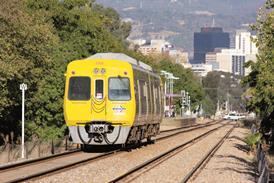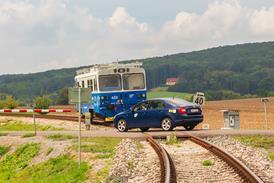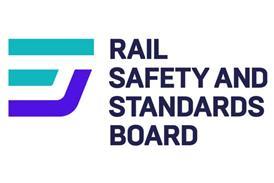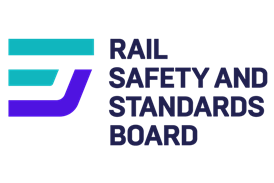
FRANCE: On October 10 the Paris criminal court announced its verdict on the fatal high speed derailment of a TGV test train on November 14 2015 near Eckwersheim at the eastern end of LGV Est-Européenne.
Travelling at 265 km/h, the train had entered a curve of around 1 000 m radius where the speed limit was 176 km/h. The train’s excess speed caused it to overturn at 243 km/h, in the process striking the parapet of a bridge over the Marne-Rhin canal, in which one of the power cars came to rest. In the worst ever accident involving a TGV trainset, 11 people were killed and 42 others were injured.
Five of the six defendants in the trial, which had taken place over nine weeks between March 4 and May 16 this year, were found guilty. Two of them, the train driver and a colleague whose role was to alert the driver to braking locations, received suspended prison sentences of seven and 15 months respectively; this was less than the prosecutor had requested. A third person in the cab, who was employed by Systra and whose role was to advise the train driver on details of the track, was acquitted.
As legal entities, the three other defendants, SNCF, SNCF Réseau and Systra, were all found to be guilty, receiving fines of €400 000, €150 000 and €225 000 respectively. SNCF was found guilty of involuntary manslaughter and injury. The other defendants were found guilty of unintentional manslaughter and injury through mistakes, imprudence, negligence or failure to comply with a safety obligation. Consultancy Systra was held to bear the greatest responsibility for the accident.
The president of the criminal court noted that ‘if the initial programme had been respected, the accident would never have happened’. She also highlighted impatience and a lack of vigilance by the parties involved.
After the ruling, lawyer for the civil parties Maître Gérard Chemla said that ‘these are extremely severe terms at the maximum limit for fines … the gravity of the errors and severity of the accident are therefore acknowledged’.
During the trial the prosecutor had criticised a ‘collective blindness’ and a series of ‘absurd’ decisions in the handling of overspeed tests, the risks of which had not been correctly assessed. The trial had established that there were no faults related to the train or the track.
The disaster occurred at the very end of the commissioning programme for the second 106 km section of LGV Est-Européenne between Baudrecourt and Vendenheim near Strasbourg. The programme had included 200 test runs at 10% above the 320 km/h line speed limit, a procedure which requires isolation of the train protection system.
The train involved was instrumented TGV 2N2 EuroDuplex Set 744 which was operating as test service 814521. Of the 11 people who died, four were employed by SNCF, five worked for Systra and two were invited guests.
The catastrophe delayed the planned opening of the second section of LGV Est-Européenne until July 3 2016, so completing a high speed route between Paris and Strasbourg. The first phase of the line had opened on June 10 2007.

















